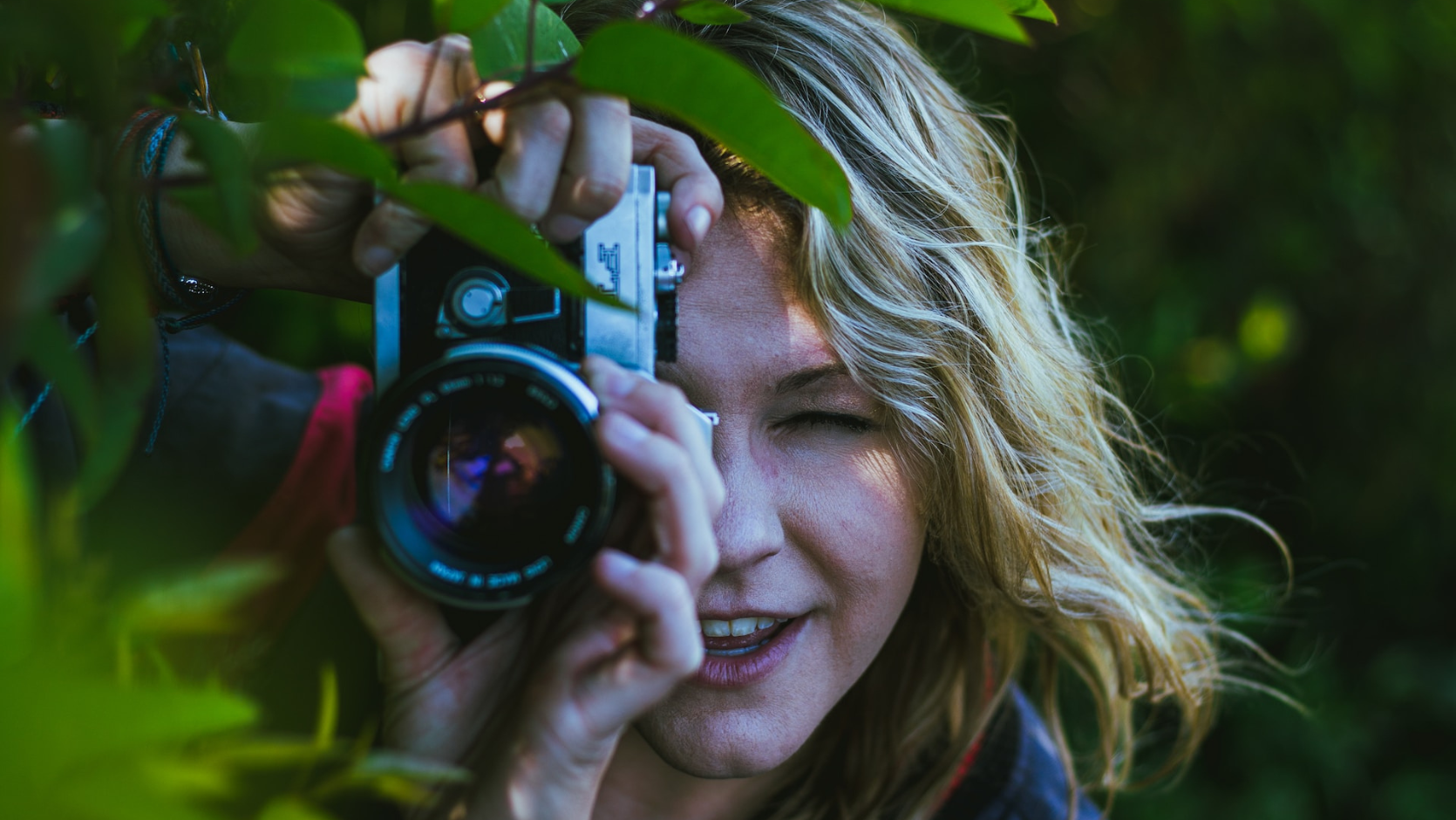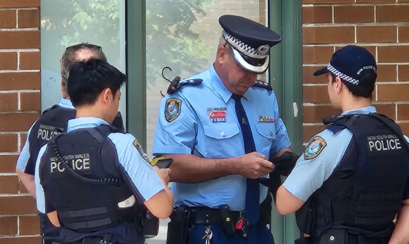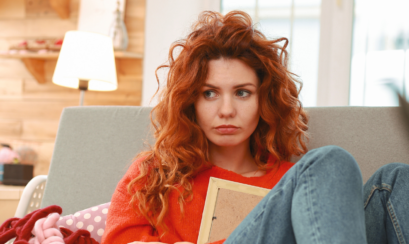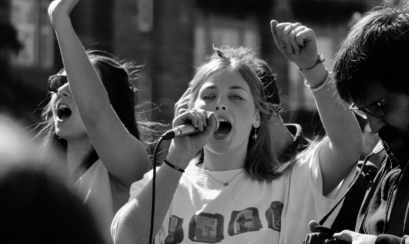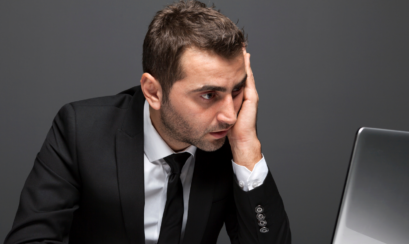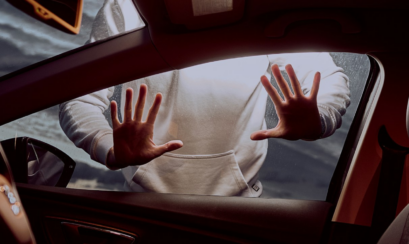Photographs are funny things – or not, depending on how much trouble they can cause. In 2013 we published the article When photos break the law – your rights when taking photos. It sparked huge interest, and a stream of questions which has flowed ever since, so we have decided to publish this updated item. For convenience, the references throughout will be to “photographs”, but this term will include videos.
What is special about photography?
Photographs are indeed funny things, in the sense that the ability to capture an exact and durable likeness of some person or thing from a distance – instantly and without the need for any great skill – has existed for only a very brief period of human history. And, although photography has been part of the fabric of everyday life for some generations, it must have seemed little short of miraculous to people encountering it for the first time.
Some indigenous peoples, in the Americas and Australia, shunned and feared photography, because they believed that the soul of the subject had been captured in the photograph – a reaction perhaps not as astounding as it might initially sound. There were fundamentalist Christian groups who worried that photographs might breach the injunction “thou shalt not make unto thee any graven image”, found in the Biblical Second Commandment.
Photography is unique
While these were not the kinds of questions asked by our readers, there were many and varied concerns about privacy aspects. Photography is arguably unique in its ability to affect, in some way, a subject from whom the photographer is quite distant, and who may be entirely unaware of the photographer’s activities. Other than with very specialised equipment, it isn’t possible to capture a clear sound recording of what someone has said except from very close range; but this is not true of photography.
There is little doubt that the questions currently posed by photography are greatly complicated by the explosion of social media, which now pervades most aspects of modern life. (For more information please see Who owns images on social media?)
So, how might we go about working out whether the taking (and, obviously, use) of a photograph breaks the law?
Analysing the legal aspect of photography
Because the common law grew in a gradual way, by applying basic principles to novel events and thus building up a set of rules used as precedents, lawyers often find it useful to turn to underlying concepts in order to analyse new situations.
There are a handful of these principles which, if not necessarily giving a clear-cut answer to each of a myriad of possible different questions, can at least narrow the range of possibilities.
Rights, obligations and liberties
From the way lawyers tend to write, it might be thought that the world of law is divided up into two parts: rights and obligations. But there’s a third part: liberties.
You must comply with obligations – for example, you are obliged to vote. You can exercise rights as against others – for example, with a handful of obvious exceptions, you have a right to refuse entry to any person you don’t want to let into the home you own.
In the middle, so to speak, are liberties. These are things you may do, as long as you don’t infringe the rights of another person, or fail to comply with some obligation which you are under. You are at liberty to leave your home and walk down the street, but in so doing you are still obliged to obey the traffic laws; and you don’t have the right to insist on entering a particular street if some proper authority has closed it.
You can take your camera or phone with you as you walk down the street, and you are at liberty to take a photograph of anything or anyone you want to, while you are walking. Even if you are taking photos from inside your own property, it’s better to think of this as being a liberty and not a right.
So what sorts of factors might influence whether your photo is in breach of the law?
Broadly, these factors are:
- where the photo was taken
- what the purpose of taking the photo was
- what use was made (or intended to be made) of the photo
Where the photograph is taken
Generally, you can lawfully take a photograph in any public place such as a street, park or beach, and obviously, any property you own or have control of (for example, a rented property).
While a concert hall or sporting arena might seem to be a public place, it’s not a public place in the same way that a park or beach is. You will generally have bought a ticket, so that you are there under the terms of a contract with the owner or operator, and those terms may include prohibition of photography, whether or not such a ban is enthusiastically policed.
Similarly, if you are present on property belonging to someone else, you will be there with their consent, so you should ask permission to take photographs.
The reason for taking the photograph
Generally, if the location is not a problem, the reason for taking the photograph doesn’t matter. However, if you have a voyeuristic purpose, which can generally be thought of as capturing images of private activities for your own or someone else’s sexual gratification, that is likely to be an offence under the NSW Crimes Act 1900, regardless of where you were when you took the photo. The distribution of “intimate images” can also be an offence under the same Act.
On the other side of the ledger, if a photo is taken for a worthy purpose, that can be of assistance. If your job is to deliver goods and you take a photograph on someone else’s property without their permission, simply to prove you delivered the goods while the owner was absent, this is a legitimate purpose which should help deflect any criticism.
The use or intended use of the photograph
The reason why a photograph is taken and the use to which it is put are different things. A photograph may have been taken simply out personal curiosity, but if it is subsequently used for an untoward purpose, trouble may result.
Photos, videos and copyright infringement
While a person has no copyright in his or her own image (because copyright can reside only in the creation of something), and generally photographs of performances in public places are safe, that does not mean that copyright problems cannot occur.
If you have gone to that rock concert and captured a video of a song played by a band, whether or not the venue forbade photography, if all you do is replay it to yourself, nothing is likely to happen, much as, strictly speaking, you have made off with someone else’s intellectual property.
However, if you post the video on YouTube, you will have breached the band’s copyright and, at least in theory, deprived the band of royalty income it might have otherwise received. If you go further and save the recording to a DVD or flash drive which you then sell to others, thus deriving income for yourself from material over which the band has copyright, that’s even worse.
It may be true that artists hardly ever bother taking legal action, especially over amateur recordings, but it’s helpful to understand that you can’t safely use photographs or videos you have taken for any possible sort of use.
Privacy concerns related to photography
It is of course often said that the capture of photographic images, even in public places (for example a photograph of a car with the licence plate clearly visible), can be an “invasion of privacy”.
A sanction under the Commonwealth Privacy Act 1988 is unlikely because that Act is aimed at rather different things, notably the use of “personal information” for purposes other than those for which it has been collected. Photographs are not, in themselves, “personal information”.
Stalking and photos taken to inflict harm or discomfort
However if an image of this kind, say of a house or a vehicle, even if captured from a public place, is used as part of attempts to inflict harm or discomfort, there is a possibility of commission of an offence under the NSW Crimes (Domestic and Personal Violence) Act 2007.
Is the law about photographs up to date?
The law probably isn’t up to date.
The use of cameras mounted on drones, which most people would entirely reasonably think of as being harmfully invasive of privacy, is largely unregulated; and possibly controllable only if the images are put to some improper use.
The reach of social media continues to outstrip the capacity of the law to respond effectively. Recent wide publicity about videos of prominent footballers engaged in lewd acts demonstrates this.
The problems stem not only from the functionality of Facebook and similar platforms allowing mass distribution of images by persons who are more or less undetectable. An additional factor is the hugely increased capacity of mobile phones to capture videos of some length.
Another is the propensity of some people to record activities which, even as recently as the time our earlier article on this topic was published, would previously have happened so infrequently as to be not worth worrying about.
In summary, each situation is of course different. The comments above may help you to get a better sense of whether some photograph of interest to you might be in breach of the law. But if you need advice specific to your particular problem, it’s best to consult a lawyer. For more information on the broader topic of privacy, please see our January 2020 article When our walls turn to glass – the end of privacy.

